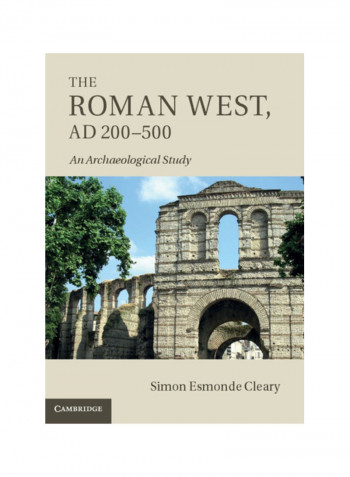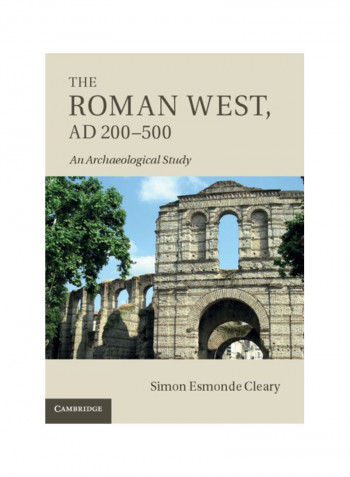The Roman West, Ad 200-500: An Archaeological Study Hardcover
Recommend
Sort by
Rating
Date
Specifications
Grade
New
Author 1
Simon Esmonde Cleary
Book Description
This book describes and analyses the development of the Roman West from Gibraltar to the Rhine, using primarily the extensive body of published archaeological evidence rather than the textual evidence underlying most other studies. It situates this development within a longer-term process of change, proposing the later second century rather than the 'third-century crisis' as the major turning-point, although the latter had longer-term consequences owing to the rise in importance of military identities. Elsewhere, more 'traditional' forms of settlement and display were sustained, to which was added the vocabulary of Christianity. The longer-term rhythms are also central to assessing the evidence for such aspects as rural settlement and patterns of economic interaction. The collapse of Roman imperial authority emphasised trends such as militarisation and regionalisation along with economic and cultural disintegration. Indicators of 'barbarian/Germanic' presence are reassessed within such contexts and the traditional interpretations questioned and alternatives proposed
ISBN-13
9780521196499
Language
English
Publisher
Cambridge University Press
Publication Date
15 Apr 2013
Number of Pages
547
About the Author
Simon Esmonde Cleary is Professor of Roman Archaeology at the University of Birmingham. His particular area of interest in Roman archaeology has always been the later Roman period and the transition to the Middle Ages, and he has excavated on several sites of this period in Britain and southwest France. He is the author of The Ending of Roman Britain (1989) and, with Ray Laurence and Gareth Sears, The City in the Roman West, c.250 BC-c.AD 250 (2011).
Editorial Review
Esmonde Cleary begins by declaring his intention to 'emancipate archaeology from the role of servant'. In this, he can consider himself successful ... [his] achievement is to put the two types of evidence on a level-footing, showing that they should be interrogated according to their own merits, rather than expected to fit into pre-determined, often incompatible, frameworks ... As such, while this book will be greatly appreciated by experienced archaeologists, it is also a good guide for non-archaeologists who want to use the discipline to strengthen their work, but who might be hampered by the changing schools of thought or misled by the generalisations of earlier works.' Steven Spiegl, Bryn Mawr Classical Review '... this is indispensible ...' Choice '... an extremely useful combination of a large quantity of the most current data and bibliography, and a generally balanced, nuanced and cautious history.' Douglas Underwood, The Classical Review 'This is a major work that is welcome not only in the field of late antique studies but in Roman archaeology as a whole. It presents a valuable synthesis of archaeological material from different areas in Western Europe, crossing boundaries of geography and scholarly tradition, but also offers important discussion and analysis. Its scale and emphasis on archaeology rather than history, though it is also dotted with sections of historical narrative, makes it an important addition to the field ... undoubtedly a major resource ... an important contribution and is very accessible and well presented.' Adam Rogers, Britannia



